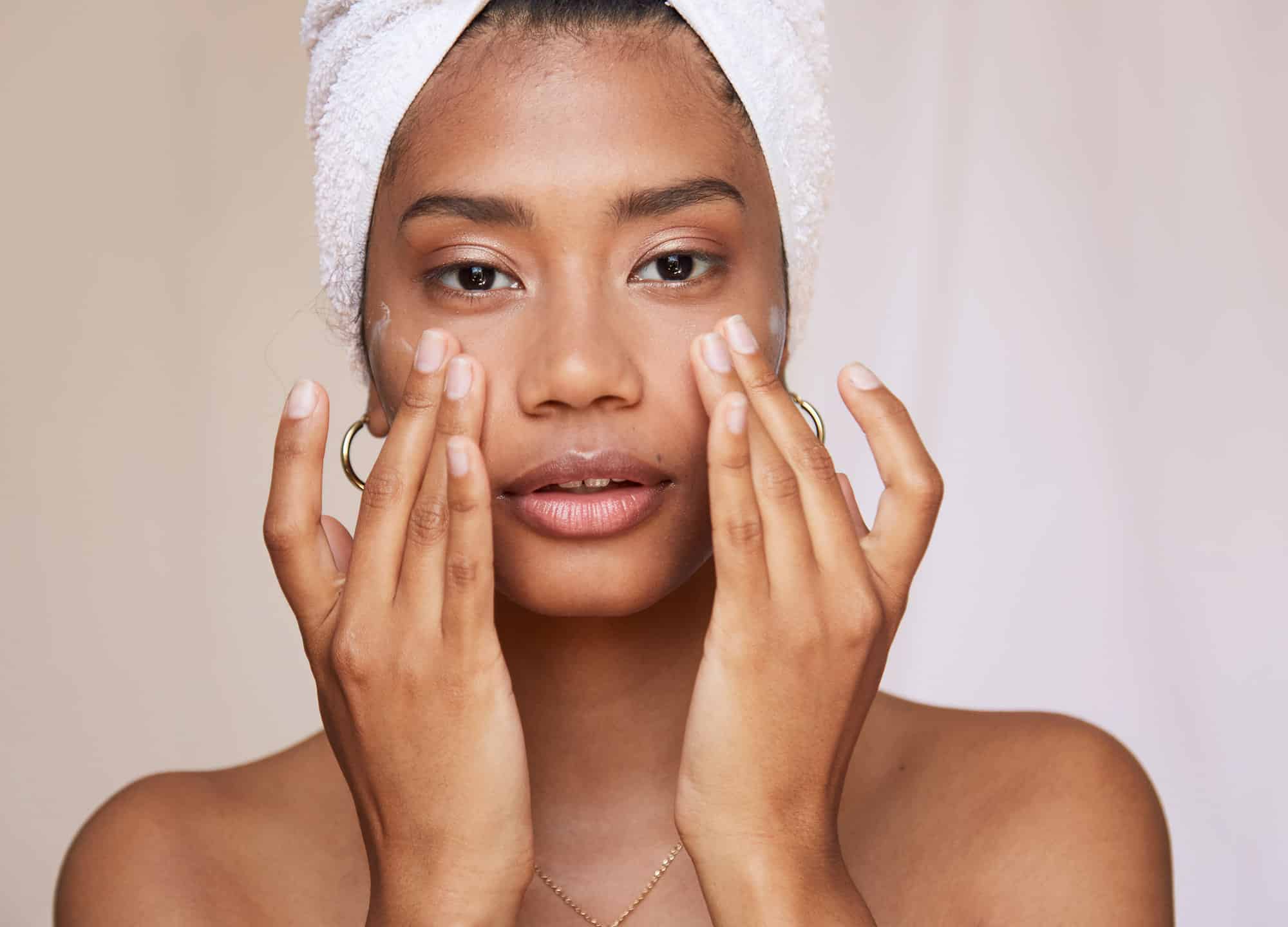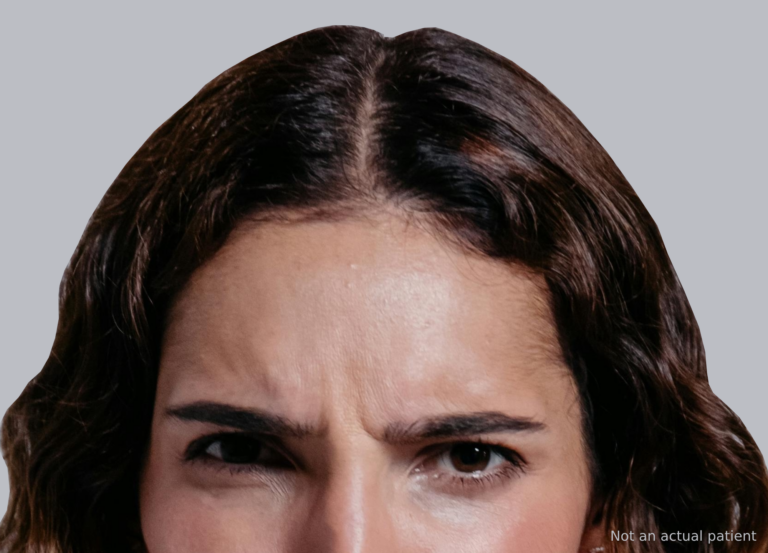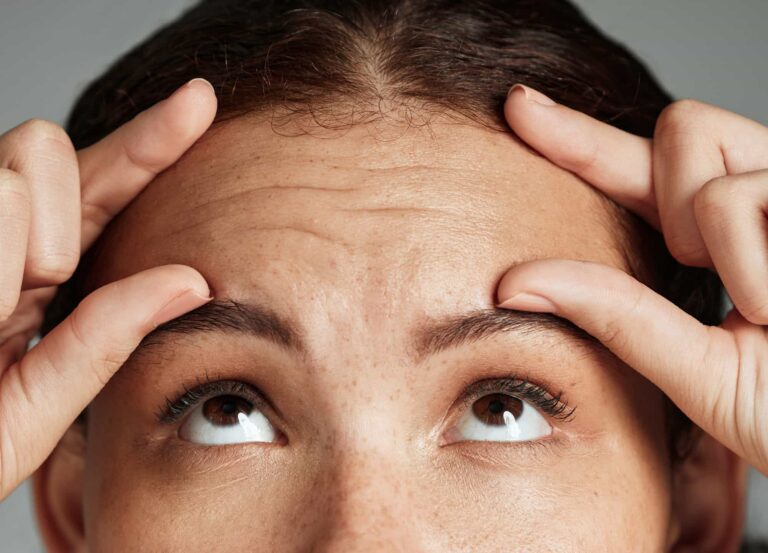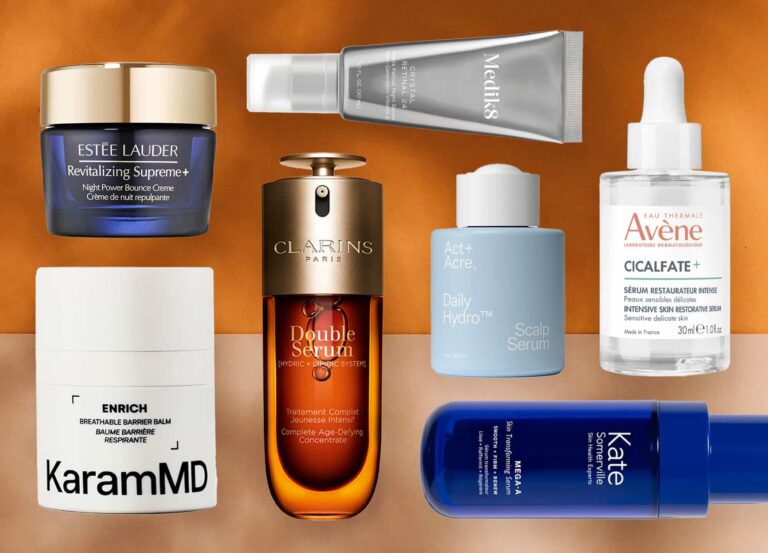Retinoids are hardly the new kid on the skin-care block. The OG of the bunch, tretinoin, was FDA-approved as an acne treatment in 1971; in the decades to follow, the vitamin A derivatives also became well-known for their proven anti-aging effects. “Retinoids are the molecules with the most hard evidence for improving acne and combating photoaging and age-related changes in the skin,” explains Dr. Heidi Waldorf, a board-certified dermatologist in Nanuet, New York. And while there’s no shortage of over-the-counter retinoid products, the prescription-strength options have always remained somewhat limited. There’s tretinoin (aka Retin-A), tazarotene (aka Tazorac), adapalene, and new to the list, trifarotene, under the brand name Aklief. It’s the first retinoid acne treatment approved by the FDA in more than 20 years.
So what are the differences between these Rx retinoids, and why are derms excited about this newbie? All the prescription-strength options are retinoic acid and work by binding to retinoic acid receptors (RARs) in the skin, which modulate the expression of various genes, explains Dr. Julie Harper, a board-certified dermatologist in Birmingham, Alabama, and a consultant for Galderma, the makers of Aklief. In short, it’s this action of the retinoic acid binding to an RAR that ultimately regulates inflammation, increases cell turnover, and stimulates collagen production. And this, in turn, makes the ingredient effective for combating acne and signs of aging.
In order to understand what sets Aklief apart, however, you need to go a few steps further down this skin-science rabbit hole. There are three types of RARs in the skin—alpha, beta, and gamma—explains New York City board-certified dermatologist Dr. Sheryl Clark. Each of the three existing forms of retinoic acid targets either two or three of these types of RARs, whereas Aklief is much more specific, targeting only the gamma RAR, she explains. Why does that matter? For starters, gamma RARs are the most prevalent, making up approximately 90% of all retinoic acid receptors in the epidermis, points out Dr. Clark. “The benefit of selectivity for the most abundant RAR in the skin is, theoretically, greater stimulation of the genes necessary to treat acne and, therefore, greater efficacy,” notes Dr. Waldorf. This more targeted mechanism of action also means that the ingredient can be very effective even at a very low concentration, adds Dr. Harper. Whereas other prescription retinoids typically come in a 0.1% or 0.5% concentration, trifarotene is used at a 0.005% concentration, she explains. (That being said, Dr. Clark notes that it’s not entirely accurate to compare concentrations of different forms of retinoic acid head-to-head, since they’re all slightly different.)
Related: 7 Things You Need to Know Before Starting Retin-A
According to the brand, this is part of what makes it an effective option for treating acne not only on the face but also on the body (technical term: truncal acne). Aklief is the first topical, prescription-strength retinoid proven to be effective for this purpose. “The low concentration correlates with lower systemic absorption so that it can safely be used on larger areas, such as the back and chest,” explains Dr. Harper. (However, both Dr. Clark and Dr. Waldorf underscore the fact that all retinoids are effective for acne both on and off the face and say the only real difference here is that Galderma chose to test this specific indication. Dr. Clark also notes that systemic absorption of any retinoid generally shouldn’t be a concern unless you’re pregnant or breastfeeding.)
It’s the tolerability and lack of irritation that has derms most excited. According to Dr. Harper, Aklief was extremely well-tolerated in clinical studies. The average irritation experienced by more than 2,400 study participants was well below mild even during the first four weeks of use, which is typically when side effects such as burning, dryness, and redness are the most intense, she says. It was also well-tolerated on the neck and back—a noteworthy point, given that those areas typically tend to be more even more sensitive than the face, says Dr. Clark. Exactly why this is the case is still to be determined. Dr. Harper says the lower concentration may possibly play a role. Dr. Clark speculates that it may go back to trifarotene’s targeted effects on the gamma RARs, since it’s the beta RARs that are thought to be associated with skin irritation.
“Trifarotene is new, so it’s still early to make side-by-side comparisons with other retinoids regarding irritancy,” points out Dr. Waldorf. (She also adds that no matter what kind of retinoid you’re using, whether prescription-strength or over-the-counter, it’s always a good idea to ease into use gradually and to layer with moisturizer in order to further help minimize irritation.) Dr. Clark agrees, noting that what’s seen in studies doesn’t always translate to real life. Still, she’s excited about the newbie. “I’m really hoping it is, in fact, less irritating, because that would be a big game changer. Since many people are put off by the irritating side effects of retinoids, this could be a good gateway option to help people start to incorporate one into their routine,” she says.
Oh—and as far as anti-aging effects go, Aklief was studied and FDA-approved only as an acne treatment. However, Dr. Waldorf points out that all retinoids can help combat signs of aging. And Dr. Clark says that those gamma RARs Aklief so specifically targets are also responsible for regulating the genes that increase collagen production and decrease collagen breakdown, so take that for what it’s worth.
At the end of the day, any kind of new prescription-strength retinoid is exciting news, and this particular product is poised to show up big when it comes to treating acne effectively, with minimal irritation.











